 W
WManchukuo, officially the State of Manchuria prior to 1934 and the Empire of Manchuria after 1934, was a puppet state of the Empire of Japan in Northeast China and Inner Mongolia from 1932 until 1945. It was founded in 1932 after the Japanese invasion of Manchuria, and in 1934 it became a constitutional monarchy. Under the de facto control of Japan, it had limited international recognition.
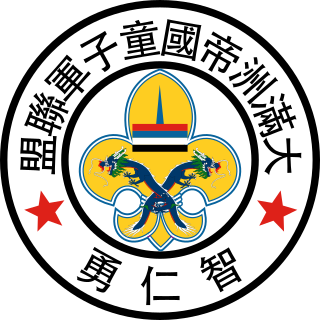 W
WThe Boy Scouts of Manchukuo was a Scouting association of Manchukuo. The Japanese military seized Manchuria in 1931, created the puppet government of Manchukuo in 1932, and controlled it until 1945. The Manchukuo government also set up Japanese-style Scouting in schools, which included para-military training.
 W
WChangchun Dafangshen Airport, or Dafangshen Air Base, is a military air base in Changchun, the capital of Jilin Province in Northeast China. Originally constructed in 1941 by the Empire of Japan for the capital of its puppet state Manchukuo, Dafangshen Airport saw fierce fighting and was severely damaged during the Siege of Changchun in the Chinese Civil War. It served as Changchun's public international airport from October 1960 until August 2005, when all civil flights were transferred to the new Changchun Longjia International Airport.
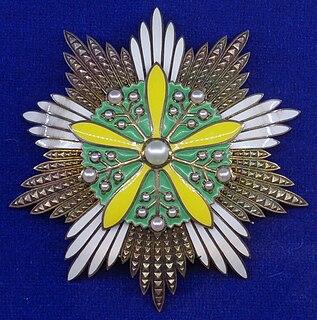 W
WThe Grand Order of the Orchid Blossom was an award of the Empire of Manchuria. It was established by Imperial Decree No. 1 on March 1, 1934 and published by law of April 19, 1934. The order consisted of only two classes: Grand Collar and Grand Cordon. The order the equivalent of the Japanese Order of the Chrysanthemum.
 W
WThe Greater East Asia Co-Prosperity Sphere , or the GEACPS, was an imperialist concept which was developed in the Empire of Japan and propagated to Asian populations which were occupied by it from 1931 to 1945. It extended across the Asia-Pacific and promoted the cultural and economic unity of East Asians, Southeast Asians, South Asians and Oceanians. It also declared the intention to create a self-sufficient bloc of Asian nations which would be led by the Japanese and this bloc would also be free from the rule of Western powers. The idea was announced in a radio address which was titled "The International Situation and Japan's Position" and delivered by Foreign Minister Hachirō Arita on 29 June 1940.
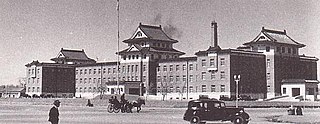 W
WThe Kwantung Army was the largest army group of the Imperial Japanese Army from 1919 to 1945.
 W
WThe Linjiang Yalu River Bridge is a bridge over the Yalu River, connecting Linjiang City, Jilin Province, China, with Chunggang County, Chagang Province, North Korea. It was built by the Japanese in 1938 and Linjiang Border Post is located there. A little downstream from the bridge is Yunfeng Dam.
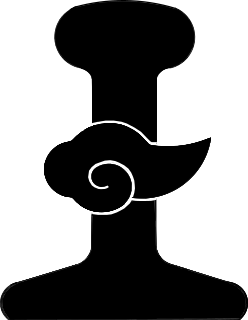 W
WThe Manchukuo National Railway was the state-owned national railway company of Manchukuo. Generally called the "國線", it was controlled by the Manchukuo Ministry of Transportation and had its lines primarily in the central and northern parts of the country. In local newspapers it was simply referred to it as "國鉄"
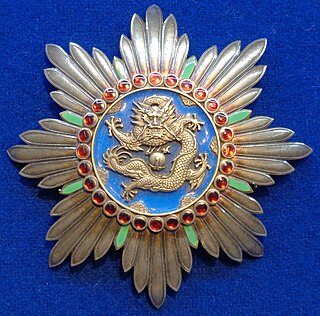 W
WThe Order of the Illustrious Dragon was an award of the Empire of Manchuria. It was established by Imperial Decree No. 1 on March 1, 1934 and published by law of April 19, 1934. The order consisted of only one class: Grand Cordon. The order the equivalent of the Japanese Order of the Paulownia Flowers.
 W
WThe Soviet invasion of Manchuria, formally known as the Manchurian Strategic Offensive Operation or simply the Manchurian Operation, began on 9 August 1945 with the Soviet invasion of the Japanese puppet state of Manchukuo. It was the largest campaign of the 1945 Soviet–Japanese War, which resumed hostilities between the Union of Soviet Socialist Republics and the Empire of Japan after almost six years of peace. Since 1983, the operation has sometimes been called Operation August Storm after U.S. Army historian David Glantz used this title for a paper on the subject.